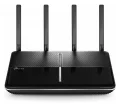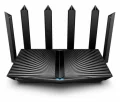TP-Link Archer A6 router review
TP-Link introduced the Archer A6 router in 2018. It is powered by Qualcomm Atheros QCA9563 @ 750 MHz chipset, 128 MB of RAM, and 8 MB of flash memory.
Want to know if the Archer A6 is a game-changer? Keep going!
Table of Contents
- TP-Link Archer A6 specifications
- Body, dimensions, weight
- System, chipset, RAM, flash, power supply
- Network, protocols, WAN and LAN ports
- Wireless, antennas, speed, security
- Connectivity
- Administration, user interface, login information
- Links
- Verdict, Pros and Cons
- Photos
- Comparisons
Our personal experiences and opinions form the basis of this article. We aimed to share insights on a topic, and we hoped others would find it useful and inspirational. If you noticed any mistakes or missing details about the TP-Link Archer A6, please let us know.
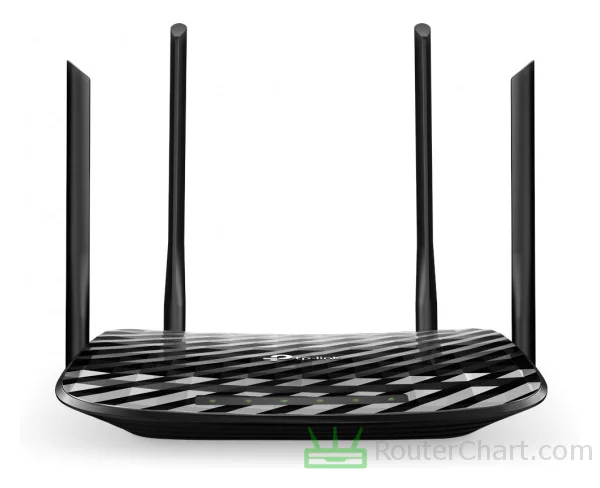
The Archer A6 is a versatile router that offers more than basic functionality. It provides a fast network for homes and offices. TP-Link has received awards and recognition for its excellent networking products.
TP-Link Archer A6 specifications
| Brand | TP-Link |
|---|---|
| Name | Archer A6 |
| Type | A6 |
| Rating | |
| Launch | 2018 |
Body
| Dimensions | 230 x 144 x 35 mm |
|---|---|
| Weight | 350 g |
If you live in a small apartment, the size of the router is crucial to deciding whether it will fit. If you plan to mount your router on a wall or ceiling, the weight can affect the mounting process.
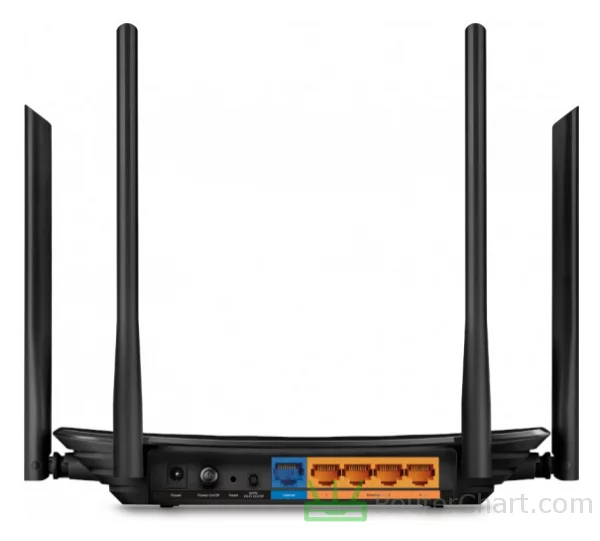
System
| Chipset | Qualcomm Atheros QCA9563 @ 750 MHz |
|---|---|
| RAM | 128 MB |
| Flash | 8 MB |
| OS | TP-Link |
| Power supply | 12 V / 1 A |
The Qualcomm Atheros QCA9563 @ 750 MHz CPU affects the router's performance, working with RAM and firmware. The 128 MB of RAM helps the router manage many tasks concurrently
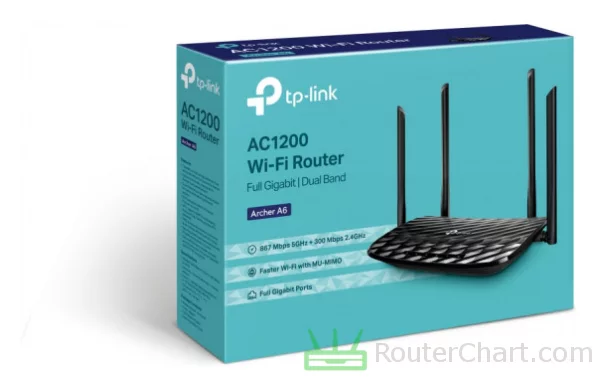
Network
| Protocols | IPv4 IPv6 |
|---|---|
| LAN ports | 4 x 10/100/1000 Mbps |
| WAN ports | 1 x 10/100/1000 Mbps |
| Mobile network | no |
| VPN support | PPTP OpenVPN |
The Archer A6 router is compatible with IPv6. IPv6 offers many enhancements and improvements over IPv4. Gigabit Ethernet ports support data transfer rates of up to 1 gigabit per second. A Gigabit WAN port is useful when your internet plan supports high speeds. OpenVPN is available for many operating systems. These include Windows, macOS, Linux, Android, and iOS.
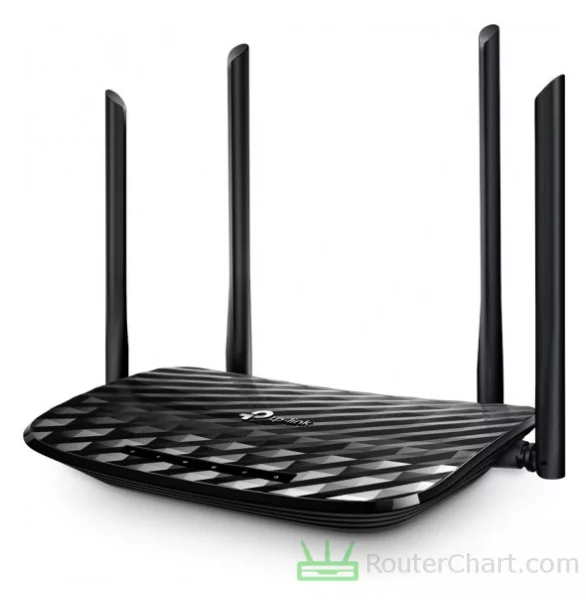
Wireless
| Antennas | 4 x 5 dBi fixed |
|---|---|
| 2.4 GHz | yes |
| 5 GHz | yes |
| 6 GHz | no |
| 60 GHz | no |
| Standards | IEEE 802.11a/b/g/n/ac |
| Class | AC1200 |
| Speed | 300 + 867 Mbps |
| Transmit power | 28 dBm |
| Security | WEP WPA WPA2 WPS |
| Guest network | yes |
Many IoT devices, smart home devices, and older Wi-Fi devices mainly use the 2.4 GHz band. To optimize your Wi-Fi experience, it's often recommended to use a combination of both 2.4 GHz and 5 GHz bands. The Wi-Fi router offers fast data speeds. They're good for streaming HD video, online gaming, and large file transfers. The introduction of WPA2 (Wi-Fi Protected Access 2) improved upon WEP. It provides stronger security. The Wi-Fi Protected Setup (WPS) lets you join a safe wireless network with the push of a button or a simple PIN entry.
Connectivity
| USB ports | no |
|---|---|
| Print server | no |
| File server | no |
The Archer A6 router doesn't have file-server or print-server functionality.
Administration
| Default IP | 192.168.0.1 |
|---|---|
| Default username | admin |
| Default password | admin |
Changing the password often is a good security practice. It protects your network and devices from unauthorized access. Changing the default password improves your router's security. It reduces the risk of unauthorized individuals controlling your network.
Links
| Official site | https://www.tp-link.com/ |
|---|
Pros and Cons
Every router, including this TP-Link one, has its good sides and not-so-good sides. Let's take a closer look at both to get a full understanding of what this router can do. Just remember, this is just what I think, and you might see things differently.
Pros
- lightweight
- sufficient memory
- IPv6 capable
- high-speed LAN port
- high-speed WAN port
- supports OpenVPN
- works on 5 GHz band
- WPS friendly
Cons
- insufficient flash
- missing Wi-Fi 6 support
- incompatible with WPA3
- no USB connectivity
TP-Link Archer A6 photos

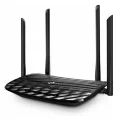



TP-Link Archer A6 comparisons
We've noticed that many of our visitors like to compare the TP-Link Archer A6 router with these popular models.
If there’s information about the TP-Link Archer A6 that you would like to see on this site, then write to us.
Updated: July 5, 2024




